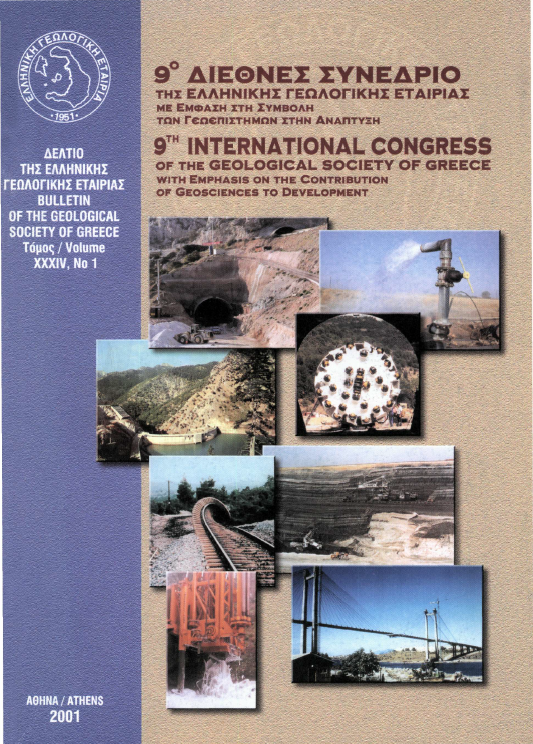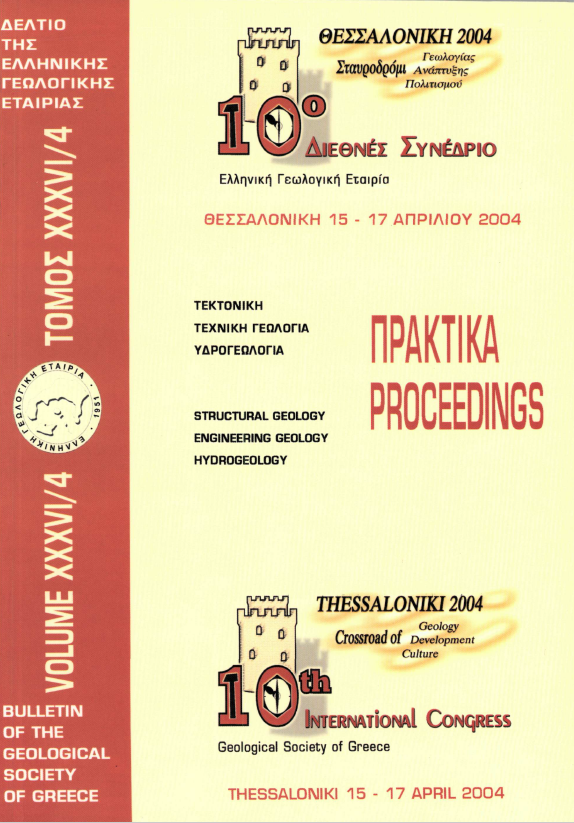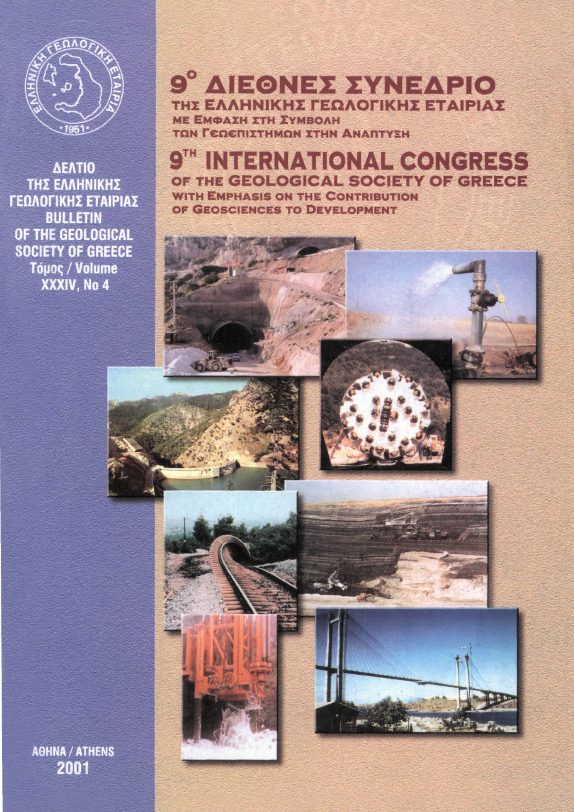Neotectonic structure and evolution of Lefkada island
Résumé
In this paper, the formations that participate in the geological structure of Lefkada island are described in detail, as well as two alpine tectonic phases that affected the island, together with the criteria for their evaluation. The tectonic fabric is then described and the mapped fault systems are analysed kinematically and geometrically through the time. The current geodynamic regime has found its expression on the island through a dense fault network that has overprinted the pre-existing thrust-related features and has been dominant throughout the Plioquaternary. The dense fault network has broken up the island in a multitude of independent fault blocks which are described; an attempt is also made to determine the relative movements among these fault-blocks. The recent geological history of Lefkada is characterized by basic periods of predominant compression, interrupted by brief extensional episodes, where gravitational movements are favoured.
Article Details
- Comment citer
-
ΛΕΚΚΑΣ Ε. Λ., ΔΑΝΑΜΟΣ Γ. Δ., & ΛΟΖΙΟΣ Σ. Γ. (2001). Neotectonic structure and evolution of Lefkada island. Bulletin of the Geological Society of Greece, 34(1), 157–163. https://doi.org/10.12681/bgsg.16956
- Rubrique
- Tectonics

Ce travail est disponible sous licence Creative Commons Attribution - Pas d’Utilisation Commerciale 4.0 International.
Authors who publish with this journal agree to the following terms:
Authors retain copyright and grant the journal right of first publication with the work simultaneously licensed under a Creative Commons Attribution Non-Commercial License that allows others to share the work with an acknowledgement of the work's authorship and initial publication in this journal.
Authors are able to enter into separate, additional contractual arrangements for the non-exclusive distribution of the journal's published version of the work (e.g. post it to an institutional repository or publish it in a book), with an acknowledgement of its initial publication in this journal. Authors are permitted and encouraged to post their work online (preferably in institutional repositories or on their website) prior to and during the submission process, as it can lead to productive exchanges, as well as earlier and greater citation of published work.





